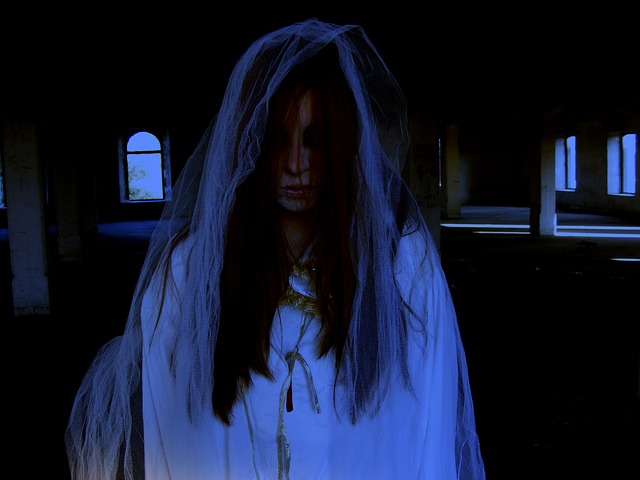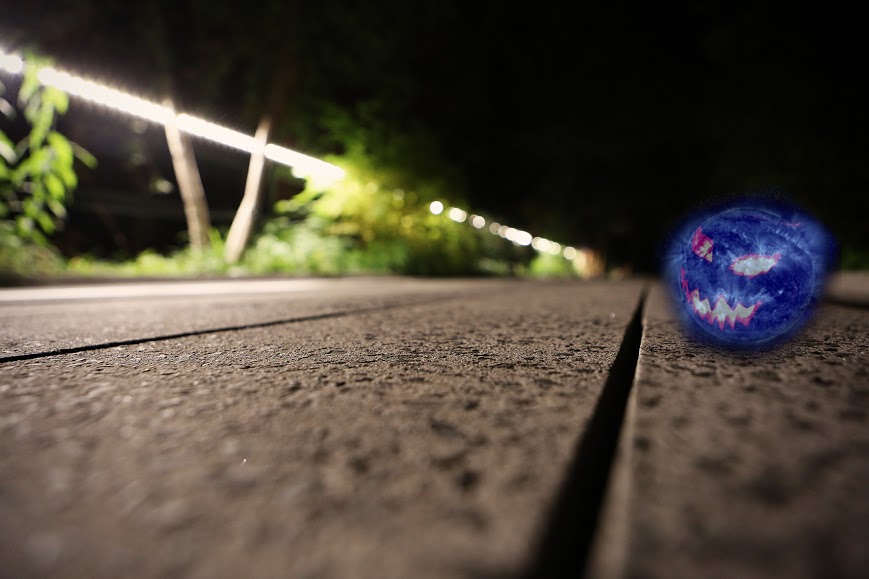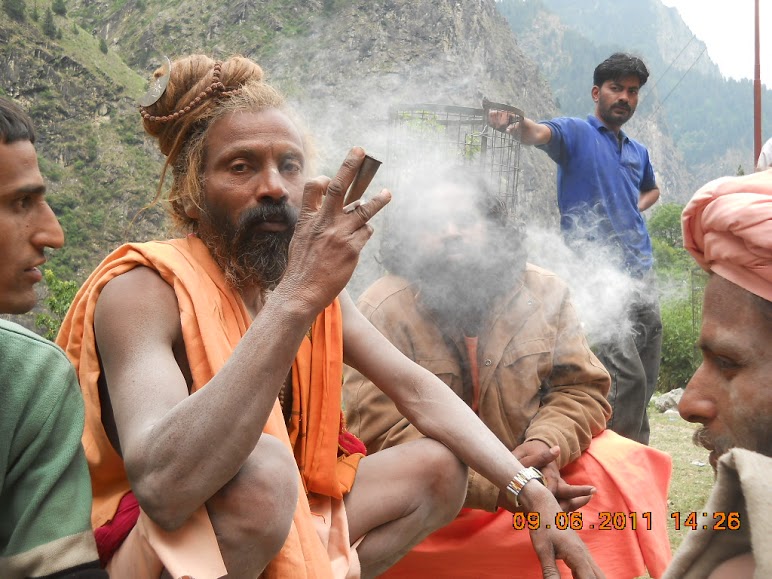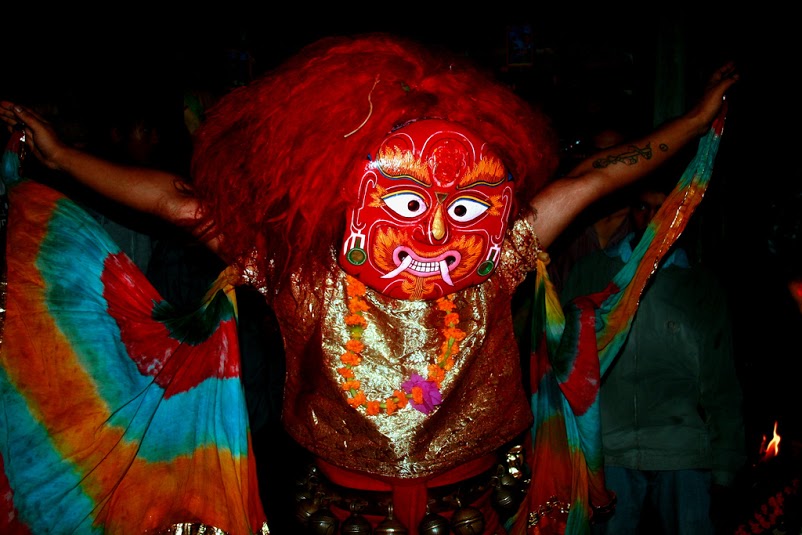By: Avinav Bista
The appeal of Nepal to the world has always been its lush forests, snow-capped mountains and the calm of a diverse landscape that stretches across the horizon. The traditions, languages and history itself is filled with wondrous anecdotes that invite curiosity and imagination. And like any culture with a rich history, Nepal has no shortage of a supernatural undertone to amaze tourists and locals alike. Here are some of the most popular stories that have captivated the hearts of all those who have journeyed to the small but colorful nation.
Yetis: Also known as the abominable snowman to westerners, this strange creature has been the subject of much debate as to whether they are actually mythic creatures that roam the mountainside or a made up fairy tale to scare young children. Similar to the “White Walkers” from television’s popular “Game of Thrones”, the Yeti was known to be sighted in the coldest of winters across the vast mountain-scape. But unlike its television counterpart, a yeti is considered a good omen to those lucky enough to sight them. Like most mythic creatures, there has never been any clear and detailed photographic evidence beside some blurry pictures. Still the idea of kind and gentle snow-men living in the vast caves and crevasses of the mountains is a popular story amongst trekkers and locals of the Himalayan Region.

Pishacha: The eastern cousin of the vampire, Pishachas are said to be flesh eating demons that haunt cremation grounds. While their origin is obscured by myths and religious scripts, the commonly known fact is that they are drawn to darkness and take pleasure in tormenting humans. If a person were to take a walk amongst the “ghats”, cremation areas, surrounding Pashupatinath Temple, they can easily find a good story or two from the folks who live nearby. The stories have only built up over the years as the denizens of Kathmandu recount their own personal experiences with such entities.
Kichkandi: The literal translation of Kichkandi is that of a tormented spirit depending on the individual reported cases. Children often grow up hearing the tales of such tortured souls of women who are bound to wander the site of their untimely death. These women while alive were treated unfairly in some manner, either from societal pressures or the spurning of the men they loved, and resulted with them ending their own lives. They are similar to the “Lady in White” of western superstitions and are said to roam bridges and cliff sides. Any sighting of a Kichkandi is always followed by an illness of some sort and typically, a priest must bless a person if they are unfortunate enough to encounter this dreadful spirit.

Jhakri: This breed of shamans are notorious throughout Nepal and while they are not exactly a superstition as much as factual based witch doctors, there are many supernatural traits that are afforded to them. When a person would fall ill under the influence of demons or are tormented by spirits, these witch doctors are called to banish the entity and relieve the ailments of the victims. If one were to travel to the rural areas of nepal, from the terai to the mountains, one can easily find these individuals. They have a fearsome reputation amongst the local population and many steer clear of them in case they are unfortunate to enough to incite their anger.

Bhakunde Bhoot: Perhaps the most unique supernatural creature in this list, a Bhakunde Bhoot is wandering spirit found amongst the forest that surround the different cremation grounds. Their appearance has been described as being small almost spherical, almost like that of a soccer ball. They are said to follow children and young adults after dusk and will do so from a distance. If a person were to be curious then the little ghost will whisk away in moments. Told as a bedtime story to most kids, this little spirit however is reported to have been seen even by adults on the off chance they are walking alone at night.

Aghori: The Aghori are yet another addition to this list that is not strictly supernatural but their actions do separate them from normal rank and file of Nepali folklore. Agori are, simply put, cannibal priests. Their worship of the goddess of death is by itself a little peculiar but when one looks closely at the practices, we find that they partake of human. They have some similarity with the native american folklore of the “wendigo” and while they are found aplenty in rural monastic areas, they are less frequently seen amongst the general population, with the exception of the area around Pashupatinath in Kathmandu.

Lakhey: Lakheys are carnivorous demons that are specific to the Newari culture of Nepal and said to reside in forests and the outskirts of human settlement. They are fearsome in their appearance, with red skin and long protruding teeth shaped like tusks. They are ambivalent in their intentions with some acting as protectors and others causing disturbance and despair amongst the population. Lakheys are numerous in number, and the female of this species of demons is known as Lasin. Perhaps the most famous lakhey is the Majipa Lakhey, derived from Manjupattan, which literally means the demon of Manjusri City. Every year, a festival is held to honor the Majipa Lakhey during september on Indrajatra.








